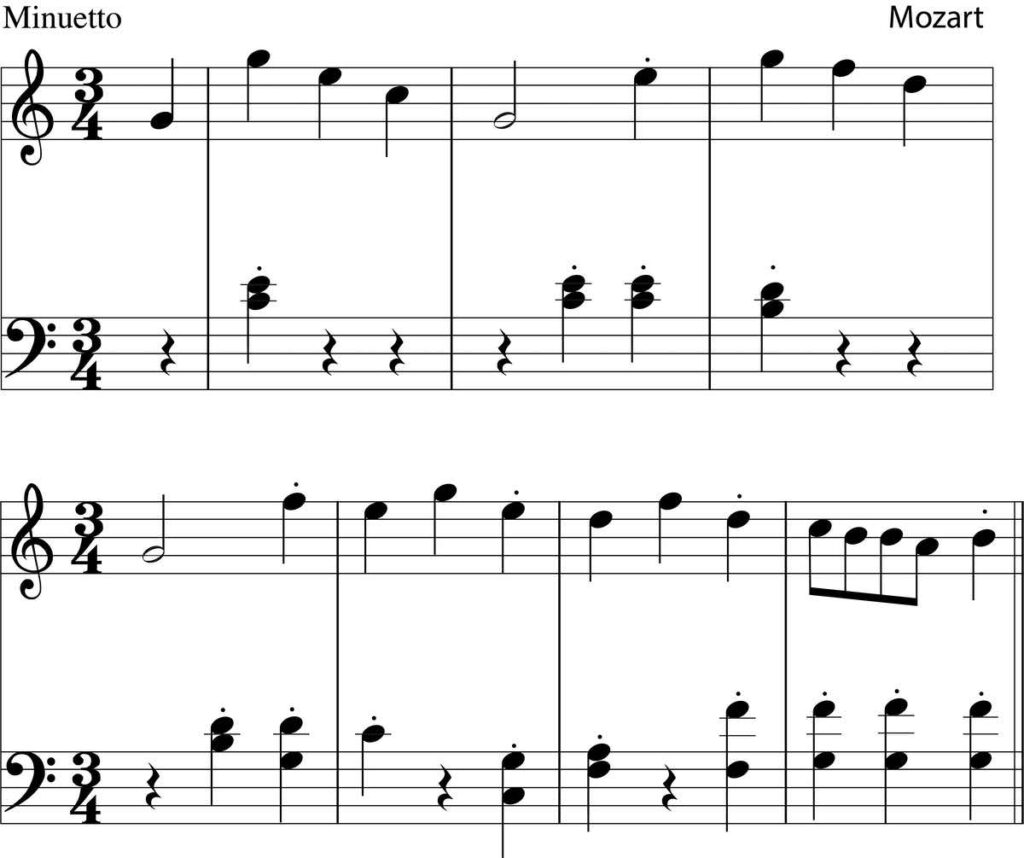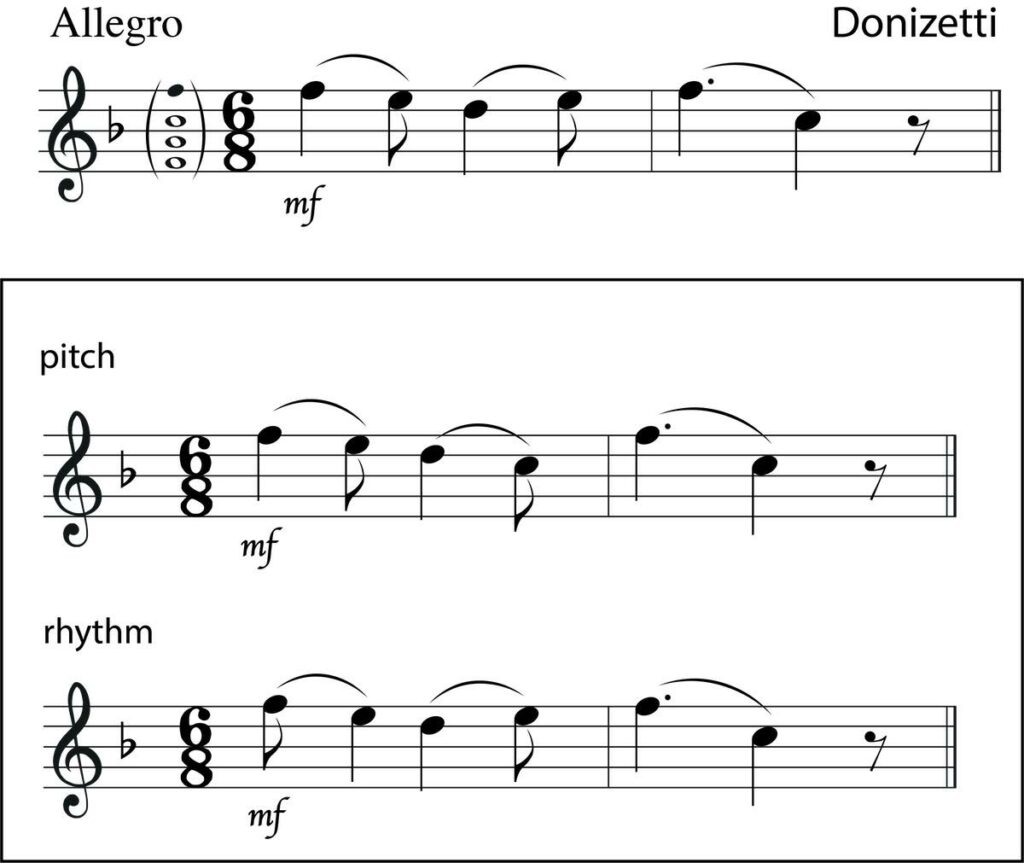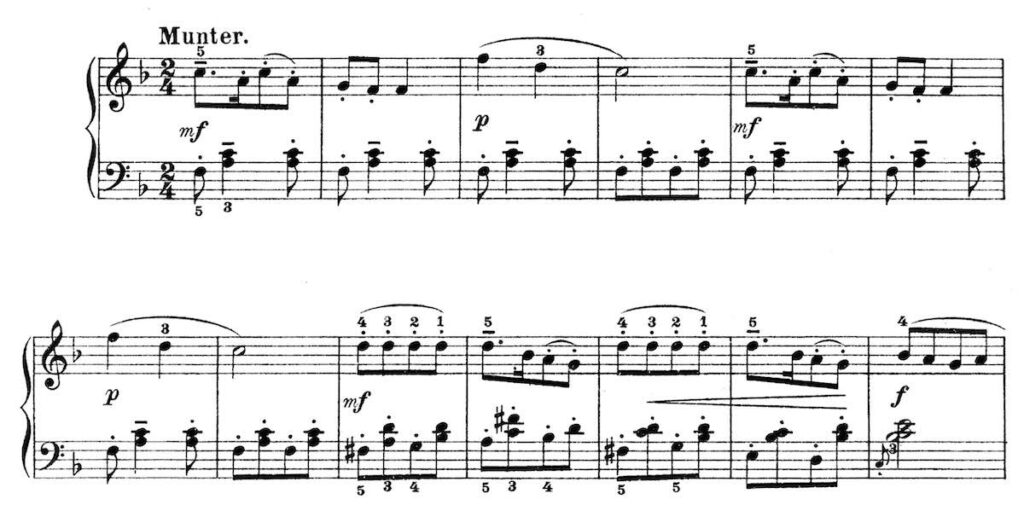In this post we will look at the requirements for the ABRSM aural test Grade 2 and how you can best be preparing for this integral part of the practical exam. Aural tests feature in all ABRSM grades and in each exam the examiner will require you to answer the four examples of the tests.
Grade 2 is the second qualification you can do with the ABRSM and the aural tests will test you with some basic aural skills you should have. Aural tests provide teachers and students with a great way to develop their understanding of different musical styles. Utilizing aural tests in each music lesson can provide students with many practice opportunities to develop their ear training.
There are four different specimen aural tests, much like you had in the Grade 1 tests, that you will have to answer in the exam and these are as follows:
Test 1
A short piece of sheet music is played in either 2 or 3 time. You will be required to clap the beat of this piece of music, whilst emphasizing the strong beats. Listen to the very beginning of the piece and beginning clapping as soon as you are able. You must then say whether the piece is in 2 or 3 time. Note that this is not the same as a time signature! This may sound very similar to Grade 1 but more will be explained further down.
Test 2
This test will require you to sing three short pieces of music played by the examiner. The phrases will be two bars in length and in a major or a minor key. The range of the music will be kept between the tonic and the dominant.
Test 3
This test will require you to listen to a piece of music which will be two bars in length and in a major key. This piece of music will be played once more but with a mistake, you will need to spot the difference between the two. This difference will be to do with pitch OR rhythm. You must state which one and then say where in the music the change occurred.
Test 4
This is the final test of the exam and will require you to answer questions on a piece played by the examiner. These questions will be to do with recognizing different features of music these will be to do with the dynamics (loud/quiet, gradual/sudden), articulation (short and detached/smooth) or tempo (speed or speed changes).
Practice examples of the tests
Test 1
This test should be approached very much how you did in Grade 1. For this, you must clap the beat (pulse) of a short piece played by the examiner, with a louder clap on the main beat of the bar.
The difference we now have in Grade 2 is that this test will now include the compound time signature, 6/8. 6/8 is a compound time signature which has two main beats in a bar, but when listening tooth’s time signature it will be slightly different as each main beat divides into three rather than two as in our simple time signatures. To know more about time signatures then click here.
The examiner will then ask you to state whether the music is in two or three time. Note that the student does not need to state the time signature.
It is also important to note that the pulse/beat is different to the rhythm. If you want to know more about this then please make sure to click here!

Test 2
This tests again is very similar to that of the Grade 1. For this test, candidates will be expected to sing three short echoes. This is an essential aspect of ear training as it develops your listening and pitch skills.
The examiner will play a short melody on the piano, which is two bars in length. The melody will not have a large range, they will stay between the tonic and dominant of the major key being used. Intervals will not be larger than a third and mostly will move in step.

Test 3
Again, much like in the Grade 1 Aural training, this test will require candidates to identify a change. The examiner will play a short two bar melody on the piano. They will then play the same melody on the piano but with a change.
In Grade 1 you were only required to state whether this change was at the beginning or the end of the melody. For the Grade 2 Aural test pupils will be expected to not only say whether the change is at the beginning or the end, but also will be required to say whether this change was to to do with the pitch OR rhythm.

Test 4
The last test that will be encountered by pupils is answering questions about features of a piece of music. Students will be required to listen to a piece of music and then give answers on the different features they hear.
The features will include things to do with dynamics, articulation and tempo.
Dynamics – this is to do with how loud or quiet the piece of music is. This section will also include talking about gradation of tone i.e. crescendos and diminuendos. This simply means whether the dynamics changed gradually or suddenly.
There are so many practice examples out there in the form of the ABRSM books but also within their app! And my absolute favourite resource for really preparing for an exam at home is ‘Tone Gym’. This gives you many practice examples of aural questions but in the form of a game which makes it all the more fun!

Why are Aural tests important?
All music grades have an element of aural tests in them. These tests are an integral part of your training and are so beneficial to you as a developing musician. All the tests will develop your understanding of musical styles, improve your ear and pitch recognition, develop your sense of pulse and rhythm and so much more. Specimen aural tests provide teachers and students with a great structure for which to expand aural ability. They are by no means completely exhaustive, but by having this as a part of a music exam it definitely will be included in lessons!
Where can I find out more?
To know more about the grade 2 aural tests you can visit the ABRSM website. Here you can find specimen aural tests to use in your music lesson, syllabus model answers and new practice examples so you can be fully prepared.
If you would like to know more about what is involved in the Aural tests in the higher grades then make sure to click here to find out more about the specimen aural tests for each grade up to grade 8!
What’s next….?
- Learn more about the different ABRSM aural tests with our complete guide.
